-
 Bitcoin
Bitcoin $120400
1.77% -
 Ethereum
Ethereum $3615
7.90% -
 XRP
XRP $3.580
17.84% -
 Tether USDt
Tether USDt $1.001
0.06% -
 BNB
BNB $729.4
1.25% -
 Solana
Solana $179.9
5.04% -
 USDC
USDC $0.0000
0.01% -
 Dogecoin
Dogecoin $0.2311
8.22% -
 TRON
TRON $0.3226
4.04% -
 Cardano
Cardano $0.8490
12.85% -
 Hyperliquid
Hyperliquid $46.45
0.72% -
 Stellar
Stellar $0.4913
8.54% -
 Sui
Sui $4.027
2.00% -
 Chainlink
Chainlink $18.51
11.67% -
 Hedera
Hedera $0.2818
21.51% -
 Avalanche
Avalanche $24.03
7.40% -
 Bitcoin Cash
Bitcoin Cash $508.5
2.90% -
 Shiba Inu
Shiba Inu $0.00001496
3.24% -
 UNUS SED LEO
UNUS SED LEO $8.961
1.83% -
 Toncoin
Toncoin $3.264
3.13% -
 Litecoin
Litecoin $104.6
8.15% -
 Polkadot
Polkadot $4.389
6.11% -
 Uniswap
Uniswap $9.924
10.63% -
 Monero
Monero $337.9
0.49% -
 Pepe
Pepe $0.00001376
2.79% -
 Bitget Token
Bitget Token $4.830
2.46% -
 Ethena USDe
Ethena USDe $1.001
0.05% -
 Dai
Dai $1.000
0.02% -
 Aave
Aave $325.2
1.66% -
 Bittensor
Bittensor $423.7
-0.85%
How to read an NFT's smart contract on Etherscan?
An NFT's smart contract on Etherscan lets you explore ownership, metadata, and transaction history via Read Contract and Events tabs.
Jul 18, 2025 at 06:56 am
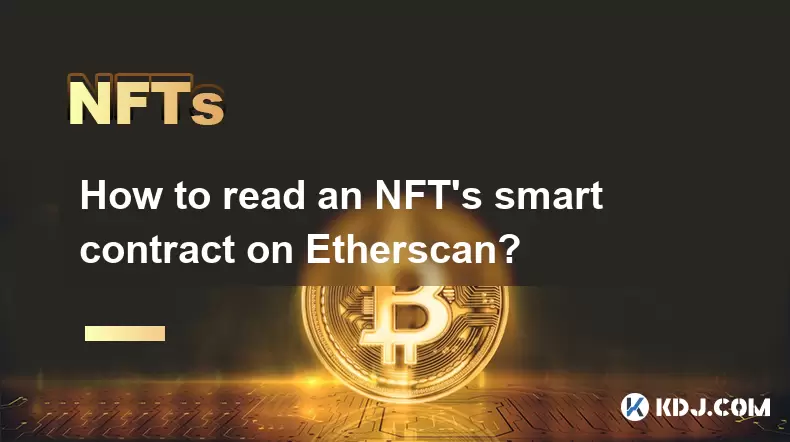
Understanding the Purpose of NFT Smart Contracts
To begin with, an NFT's smart contract is essentially a self-executing agreement written in code that governs the behavior and functionality of a specific NFT. These contracts are deployed on blockchain networks like Ethereum, and they define everything from ownership to transferability and metadata handling. Before diving into how to read them, it’s crucial to understand what you're looking at when you open a smart contract on Etherscan.
The contract address acts as the unique identifier for the NFT collection or individual token. This address allows users to interact directly with the contract, whether through reading functions or executing transactions. The ABI (Application Binary Interface) is another key component—it outlines how to interact with the contract by listing all available functions and events.
Navigating to the Correct Contract on Etherscan
To start reading an NFT's smart contract, you first need to locate its contract address. This can usually be found on NFT marketplaces like OpenSea, LooksRare, or Blur. Once you have the address, copy it and navigate to Etherscan.io, which is the most commonly used explorer for Ethereum-based contracts.
- Paste the contract address into the search bar
- Click the magnifying glass icon to initiate the search
- You will be redirected to the contract page
On this page, several tabs appear, such as Contract, Read Contract, Write Contract, Events, and more. Each tab serves a different purpose. For instance, the Contract tab displays the verified source code, while the Read Contract tab lets you call view-only functions without spending gas.
Exploring the Read Contract Tab
After reaching the contract page, click on the Read Contract tab. This section allows you to query the contract without making any changes to its state. It’s especially useful for checking things like token names, symbol details, owner balances, and other static data.
Each function listed here has a corresponding Query button. Clicking it sends a read-only request to the Ethereum Virtual Machine (EVM) to fetch the current value associated with that function.
- Locate the name() function and click Query to retrieve the NFT collection name
- Find the symbol() function to get the token symbol
- Use the balanceOf(address) function by entering a wallet address to see how many tokens that address holds
These functions are non-destructive and safe to use since they do not alter the contract's state. They provide essential information about the NFT without requiring transaction confirmation or gas fees.
Interpreting the Write Contract Functions
If you're interested in performing actions like transferring tokens or approving third-party access, you’ll need to visit the Write Contract tab. Unlike the Read Contract section, this area requires interaction with the blockchain and thus involves gas fees.
Before proceeding, ensure you're connected to a wallet like MetaMask or Trust Wallet.
- Click on the Write Contract tab
- Connect your wallet using the Connect to Web3 button
- Scroll through the list of functions such as transferFrom, approve, or setApprovalForAll
Each function will prompt you to input parameters. For example, transferFrom(from, to, tokenId) needs the sender’s address, receiver’s address, and the specific token ID being transferred.
- Fill out the required fields
- Click the Write button after reviewing the inputs
- Confirm the transaction in your wallet
It's important to note that interacting with these functions can change the state of the blockchain and should be approached with caution. Always double-check addresses and token IDs before confirming any action.
Analyzing Events and Transaction History
Another valuable feature on Etherscan is the Events tab, which logs all past interactions with the contract. This includes transfers, approvals, and minting activities. By examining these events, you can trace the history of an NFT, including who owns it and when it was last moved.
- Go to the Events tab
- Look for entries labeled Transfer, Approval, or Mint
- Click on individual event rows to expand and view detailed transaction data
This tab provides transparency and auditability, allowing users to verify ownership transitions and detect potential anomalies. Additionally, the Transactions tab shows all incoming and outgoing transactions related to the contract, giving further insight into its activity.
Frequently Asked Questions
Why does the contract say “No Contract Source Code Verified”?
Some contracts aren’t verified, meaning their source code isn’t publicly visible. Without verification, it becomes difficult to assess the contract’s true functionality or security implications.
Can I read an NFT contract on other blockchains besides Ethereum?
Yes, explorers like BscScan (for Binance Smart Chain), Polygonscan (for Polygon), and Solscan (for Solana) offer similar functionalities for reading smart contracts, though the interface may differ slightly.
What if I don't see the Read Contract tab on Etherscan?
Ensure that the contract is verified. If the source code hasn’t been published, you won’t be able to interact with functions via the Read Contract interface.
Is it safe to interact with Write Contract functions?
Interacting with Write Contract functions is generally safe if done correctly and on verified contracts. However, always ensure you’re aware of the function’s purpose and confirm all parameters before submitting a transaction.
Disclaimer:info@kdj.com
The information provided is not trading advice. kdj.com does not assume any responsibility for any investments made based on the information provided in this article. Cryptocurrencies are highly volatile and it is highly recommended that you invest with caution after thorough research!
If you believe that the content used on this website infringes your copyright, please contact us immediately (info@kdj.com) and we will delete it promptly.
- Bitcoin, MSTR & Saylor's Strategy: A Winning Trifecta?
- 2025-07-18 08:30:13
- Bitcoin Mortgages Down Under: A New Wave in Australian Homeownership?
- 2025-07-18 08:50:12
- Cryptocurrencies, Bitcoin, and the Next Wave: What's Coming?
- 2025-07-18 08:50:12
- Maharashtra Government Nurses Launch Indefinite Strike: A Healthcare Crisis?
- 2025-07-18 04:30:13
- Hilbert Group, Syntetika, and Tokenization: Bridging DeFi and Institutional Finance
- 2025-07-18 05:30:12
- Crypto Regulation in the US House: Decoding the CLARITY Act and What It Means for You
- 2025-07-18 04:30:13
Related knowledge
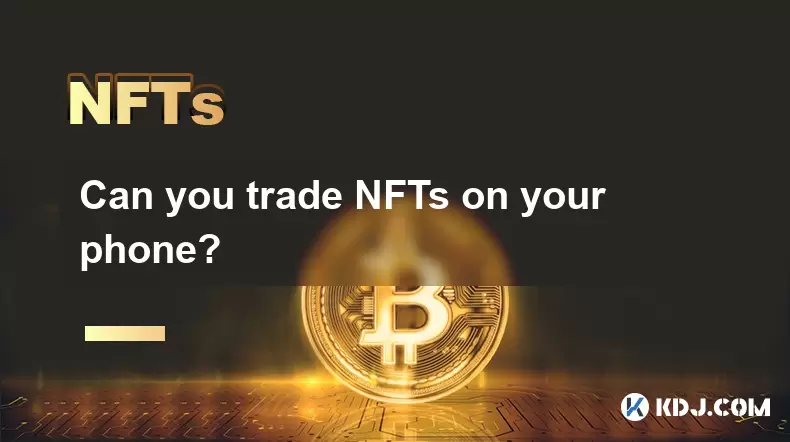
Can you trade NFTs on your phone?
Jul 18,2025 at 04:29am
Trading NFTs on Mobile DevicesYes, you can trade NFTs on your phone, and the process has become increasingly streamlined thanks to a variety of mobile...
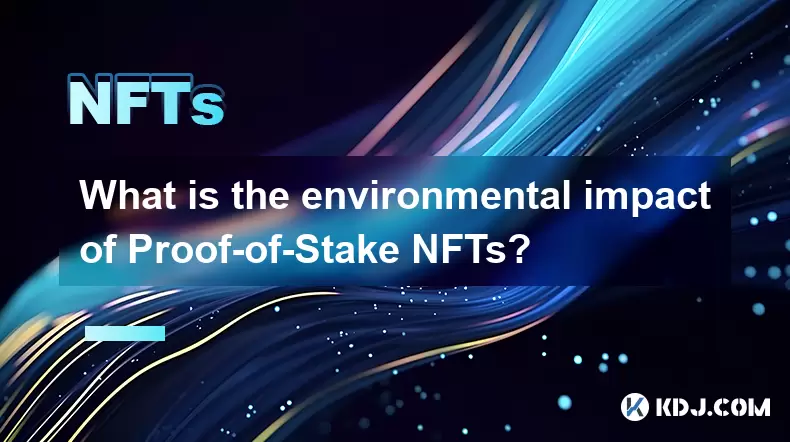
What is the environmental impact of Proof-of-Stake NFTs?
Jul 17,2025 at 07:14pm
Understanding the Basics of Proof-of-Stake NFTsProof-of-Stake (PoS) is a consensus mechanism used by blockchain networks to validate transactions and ...
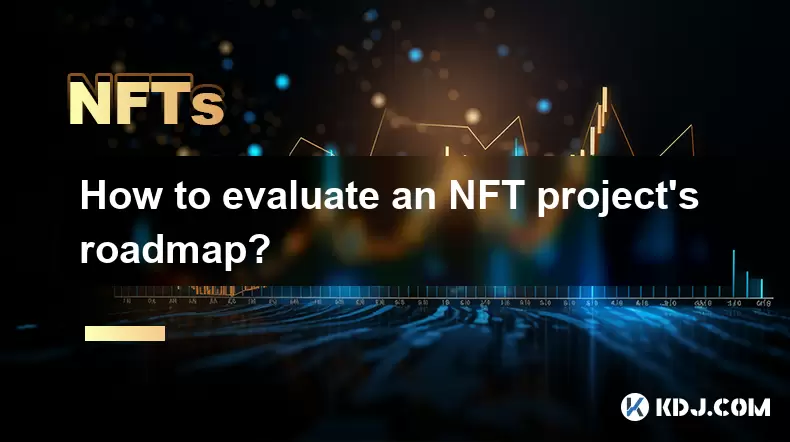
How to evaluate an NFT project's roadmap?
Jul 18,2025 at 01:21am
Understanding the Basics of an NFT Project RoadmapAn NFT project's roadmap is a strategic document that outlines the short-term and long-term goals of...
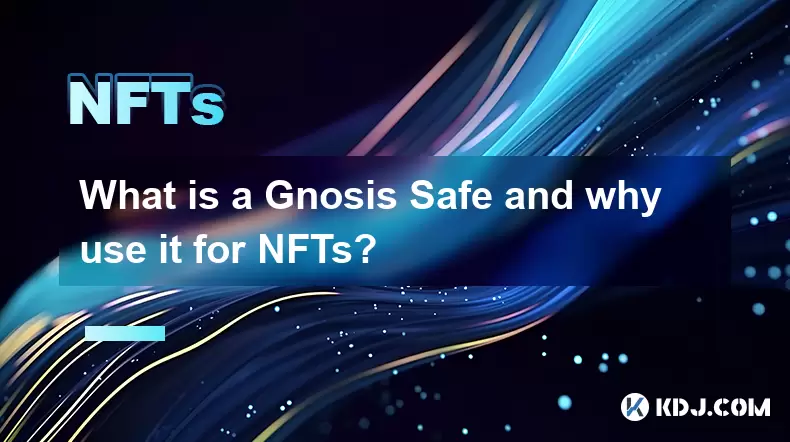
What is a Gnosis Safe and why use it for NFTs?
Jul 18,2025 at 05:57am
Understanding the Gnosis SafeA Gnosis Safe is a multi-signature wallet developed by the Gnosis team, which allows users to manage digital assets with ...
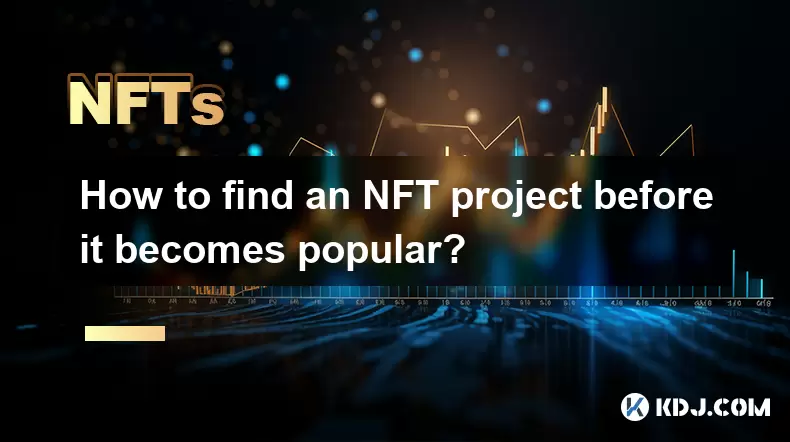
How to find an NFT project before it becomes popular?
Jul 17,2025 at 11:28pm
Understanding the NFT Landscape Before It TrendsThe non-fungible token (NFT) market has seen explosive growth, with some projects skyrocketing in valu...
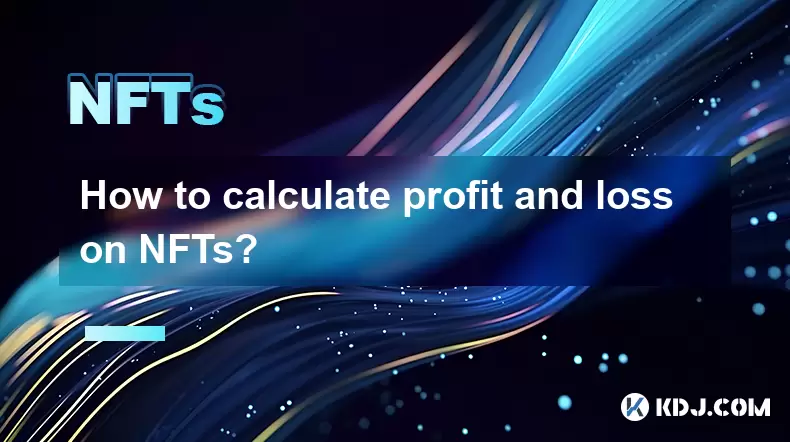
How to calculate profit and loss on NFTs?
Jul 17,2025 at 10:07pm
Understanding the Basics of NFT Profit and Loss CalculationWhen it comes to Non-Fungible Tokens (NFTs), calculating profit and loss is crucial for inv...

Can you trade NFTs on your phone?
Jul 18,2025 at 04:29am
Trading NFTs on Mobile DevicesYes, you can trade NFTs on your phone, and the process has become increasingly streamlined thanks to a variety of mobile...

What is the environmental impact of Proof-of-Stake NFTs?
Jul 17,2025 at 07:14pm
Understanding the Basics of Proof-of-Stake NFTsProof-of-Stake (PoS) is a consensus mechanism used by blockchain networks to validate transactions and ...

How to evaluate an NFT project's roadmap?
Jul 18,2025 at 01:21am
Understanding the Basics of an NFT Project RoadmapAn NFT project's roadmap is a strategic document that outlines the short-term and long-term goals of...

What is a Gnosis Safe and why use it for NFTs?
Jul 18,2025 at 05:57am
Understanding the Gnosis SafeA Gnosis Safe is a multi-signature wallet developed by the Gnosis team, which allows users to manage digital assets with ...

How to find an NFT project before it becomes popular?
Jul 17,2025 at 11:28pm
Understanding the NFT Landscape Before It TrendsThe non-fungible token (NFT) market has seen explosive growth, with some projects skyrocketing in valu...

How to calculate profit and loss on NFTs?
Jul 17,2025 at 10:07pm
Understanding the Basics of NFT Profit and Loss CalculationWhen it comes to Non-Fungible Tokens (NFTs), calculating profit and loss is crucial for inv...
See all articles

























































































